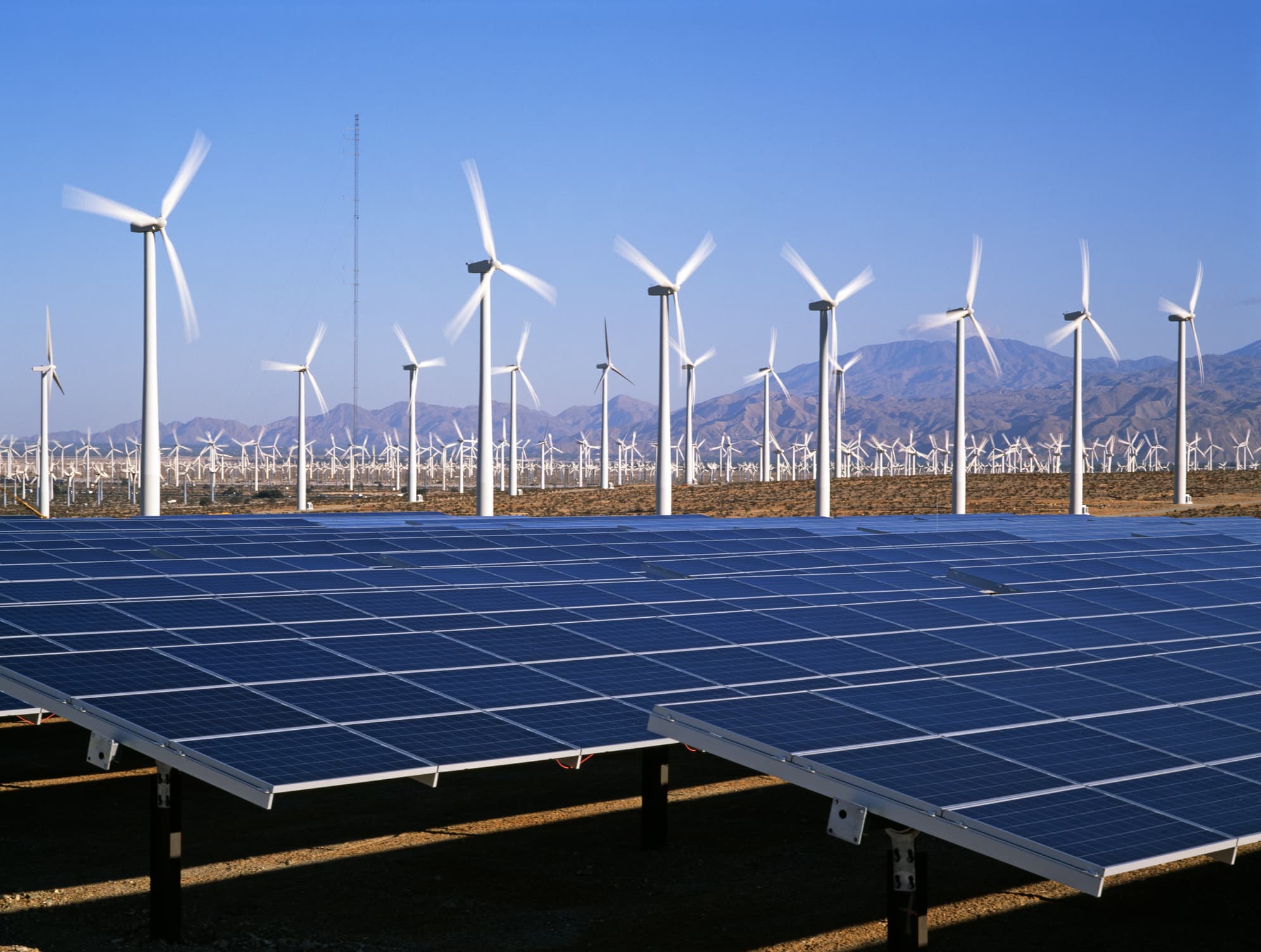This post was originally published on this site

The green economy is driving growth and job creation in the United States, but as the rest of the world catches up, the U.S. will have to enact new and supportive policies to remain competitive, a new study from University College London found.
Palm Springs, California
Murat Taner | Photographer’s Choice | Getty Images
The green economy generates $1.3 trillion in annual sales revenue in the United States, while creating 9.5 million full-time jobs, according to the study, authored by UCL Professor Mark Maslin and Dr. Lucien Georgeson and published in Palgrave Communications.
This growing part of the economy is increasingly important since the United States has a greater proportion of the working age population employed by the green economy. It also has a higher sales revenue per capita generated by the green economy than China or any country in the OECD or G20, the study said.
But other nations are catching up and looking to capitalize on the potential of the green economy. To remain competitive, the United States will have to develop energy, environment and education policies that continue to support growth in areas like renewable energy.
To arrive at their conclusions, Maslin and Georgeson focused on low carbon industries such as electric vehicles and energy management in buildings. They complied public and private data — often at a granular level — and then used data triangulation to synthesize the different data sets and samples.
To put the numbers from the study in context, the 9.5 million jobs represents over 4% of the working age population in the United States, while $1.3 trillion is a little under 7% of annual GDP.
Estimating the impact of the green economy in the United States is challenging. Not only is there a broad and varied definition of what constitutes “green,” but there’s also no official data collected by the government. The Bureau of Labor Statistics used to publish a “Green Goods and Services” survey, but it was discontinued in 2013 following budget cuts.
The researchers said their methodology “can estimate the sales and employment in the green economy, the share of the country’s economy taken up by the green economy, growth in the green economy and the green economy sectors that are leading that growth.”
Innovation and technological advancements are often at the forefront of the green economy, but the researchers only included industries where there was a measurable economic impact.
The United States’ green economy grew 20% from 2013 to 2016, and that number is projected to keep rising as the battle to fight climate change accelerates. But the rest of the world is catching up, and the United States will need to enact new policies to safeguard the millions of Americans who depend on the burgeoning space, the researchers argued.
“To safeguard US economic development and job creation, we suggest that economic, environmental and education policies need to be developed to support the US green economy in the context of global developments in the green economy.”




